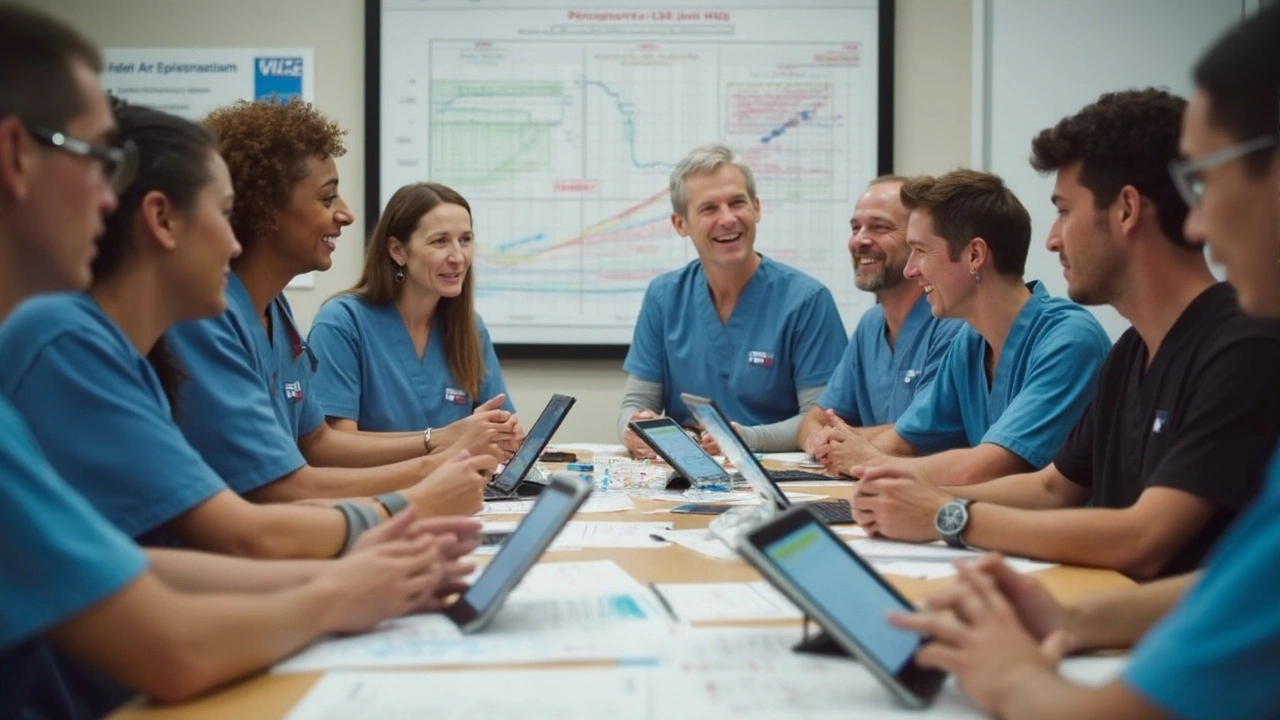Unpacking how levetiracetam’s mechanism of action links to real-life dosing schedules and seizure freedom. This article dives into practical titration advice, the science behind dose-response, and why individualizing the schedule matters. Find tips for optimizing dose and see how outcomes differ across patient groups. Grab evidence-based info and clear recommendations to boost confidence for patients and clinicians. Explore what separates the science from the guesswork in epilepsy care.
Seizure control
Living with seizures means focusing on three things: reliable medicine, smart habits, and quick action when needed. This page groups practical tips, drug facts, and safety advice so you can manage seizures more confidently.
Medication basics
Take your anti-seizure medicine exactly as prescribed. Missing doses is the most common trigger for breakthrough seizures. Keep a single daily routine—same time and a visible place. Use a pillbox or phone alarm if that helps. Talk to your prescriber before changing or stopping any drug.
Know how your medicine behaves in the body. For example, levetiracetam clears mostly through the kidneys, so doctors adjust doses if you have reduced kidney function. That means regular kidney tests and dose checks can prevent bad reactions. If you have other medicines, vitamins, or herbal supplements, tell your doctor—some combinations change drug levels and seizure risk.
Keep an up-to-date list of your medications and their doses. Carry a printed copy or a medical app on your phone. If you see a new provider or visit the ER, this list speeds up safe care.
Daily habits and safety
Sleep, stress, and alcohol matter. Poor sleep and heavy drinking raise seizure odds fast. Aim for regular sleep, stress tools like short walks or breathing exercises, and limit alcohol. Skip recreational drugs—many lower seizure threshold.
Protect your head and plan for safety. Avoid solo swimming or climbing where a seizure could cause harm. Wear a medical ID bracelet that says you have epilepsy and lists key meds. At home, pad hard edges, use a shower chair if needed, and keep sharp tools stored securely.
When a seizure lasts longer than five minutes, or you have repeated seizures without recovering between them, call emergency services. For a first-time seizure, seek medical evaluation even if it stops quickly. Emergency teams can treat status epilepticus and prevent complications.
Travel and driving need extra prep. Pack an extra 7–14 day supply of meds, a doctor’s note, and copies of prescriptions. Check driving rules where you live—many areas require a seizure-free period before driving again.
Work with your healthcare team on a seizure action plan. This written plan says what to do during and after a seizure, who to call, and when to use rescue medication like midazolam or intranasal benzodiazepines. Share the plan with family, coworkers, or roommates.
Finally, track patterns. Keep a simple seizure diary: date, time, possible trigger, and what helped. This makes clinic visits more useful and helps your doctor find better treatments. If your seizures change or get worse, ask about a medication review, blood level checks, or referral to a specialist.
Read focused articles on this tag for deeper info. Our levetiracetam pharmacokinetics guide explains dose changes for kidney disease and what tests to watch. Look for posts on medication alternatives, safety during travel, and tips for getting meds legally online. If you’re ever unsure, call your pharmacist before mixing drugs, and schedule a check-up if you start new symptoms after a dose change. Stay safe and informed.

